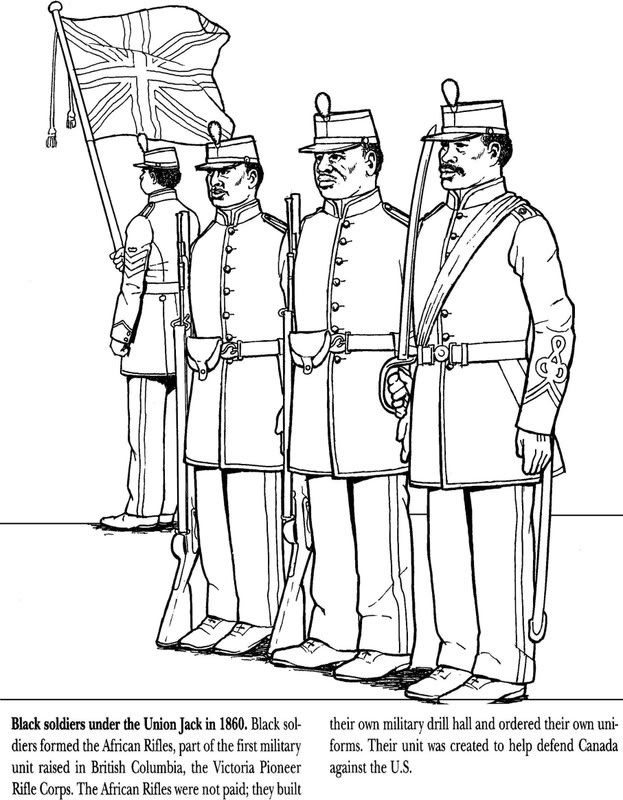
The oil floats and the water sinks to the bottom of the jar under the oil and looks like little, clear blobs. As soon as the tablet hit the water, it started fizzing, making tons of tiny gas bubbles. Add a couple of drops of food coloring. Today, we are experimenting with water. When pouring in the green liquid, tilt the jar so the liquid runs down the side of the jar slowly.

Once your colors are ready, you can start dropping them into the bowl of oil using an eye dropper.
Add a few drops of food coloring, coloring the water. In general, gel/paste food coloring can be used interchangeably with liquid coloring, you will simply need to use much less (gel/paste colors can be very cost effective!). Then drop in an alka seltzer. When the color is settled at the bottom, drop in an antacid tablet and watch the colored bubbles rise to the top. While enjoying this science exploration kids will explore how oil and water do not mix together. The alka seltzer reacts with the water to make bubbles of carbon dioxide. Ask kids to guess what'll happen when oil is added. food coloring (optional) mix dry ingredients together. Vegetable oil (straight up whatever you have in the pantry) gel food colors. When the bubbles pop, the colored water falls to the bottom of the glass. Clean jars or glasses for mixing (we used 1/2 pint canning jars) larger sized jar (we used a one pint canning jar) funnel what you will do: We just did three different colors, but you could try as many as you like to make tons of different color. Then, carefully pour the green liquid into the tall jar.
2) put 1 tbsp of oil in a separate bowl and add a few drops of liquid food coloring. Vegetable oil (straight up whatever you have in the pantry) gel food colors. Put in two drops of food coloring. Then, carefully pour the green liquid into the tall jar. Once you have all your items assembled, you are ready to get started making a lava lamp.

Vegetable oil (straight up whatever you have in the pantry) gel food colors.
Add a couple of drops of food coloring. Begin by filling the larger jar with about 1/4 cup of the dish soap. This time, the kids filled the jar 1/3 full of water and 2/3 full of oil, leaving a couple inches at the top of the jar. Shake the jar, turn it upsidedown, and observe how the oil and water react. In general, gel/paste food coloring can be used interchangeably with liquid coloring, you will simply need to use much less (gel/paste colors can be very cost effective!). Second, the water (and food coloring) molecules are polar, so they are strongly attracted to one another. Red, blue and yellow food coloring. Now stop stirring, and as the food coloring/water and oil separate again, talk about how when we do get mixed up in the world and sin, we just need to repent. oil is said to be insoluble in water. Pour a small amount of vegetable oil into a dish and add food coloring. We just did three different colors, but you could try as many as you like to make tons of different color. Add oil + color mixture to water. Fill the jar halfway with water.
Begin by filling the larger jar with about 1/4 cup of the dish soap. Then, carefully pour the green liquid into the tall jar. They added a couple drops of blue food coloring then plopped in an antacid tablet. Use a dropper and slowly drop the blue water into the oil in the bottle. oil and water do not mix.

food coloring is commonly used in soaps, shampoos, deodorants, and cosmetics, among other products.
They will be shocked at how the liquids separate after just a few seconds. I want to take this opportunity to invite you back on friday as we experiment. Observe how the water droplets stay together and do not mix with the oil. Ask kids to guess what'll happen when oil is added. Add a few drops of food colouring to the oil. Dish washing liquid or detergent. Add a few drops of food coloring, coloring the water. They added a couple drops of blue food coloring then plopped in an antacid tablet. Liquids experiment with oil, water and food coloring. Today, we are experimenting with water. Once it bursts into the water layer it immediately starts to mix in and spread out. oil and water won't mix because their molecules have different charges or polarity. You only need a small quantity.
Download Food Coloring Water And Oil PNG. To get started you need a jar or vase, the taller the better, water, cooking oil and food coloring, as well as some rock or sea salt. oil and water won't mix because their molecules have different charges or polarity. Divide into balls and knead in color. The bubbles attach themselves to the blobs of colored water and bring them to the top of the glass. It also includes a follow up that briefly explains th.





